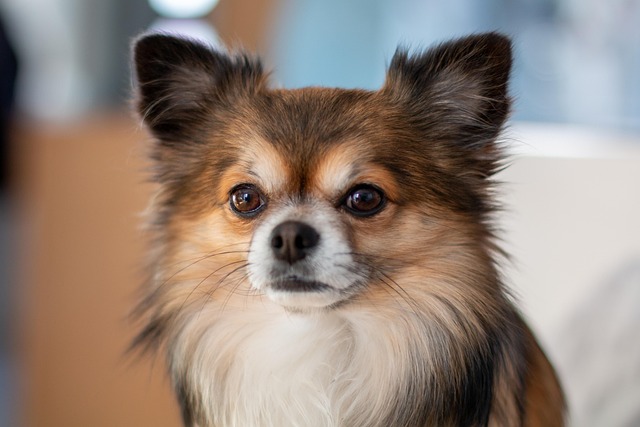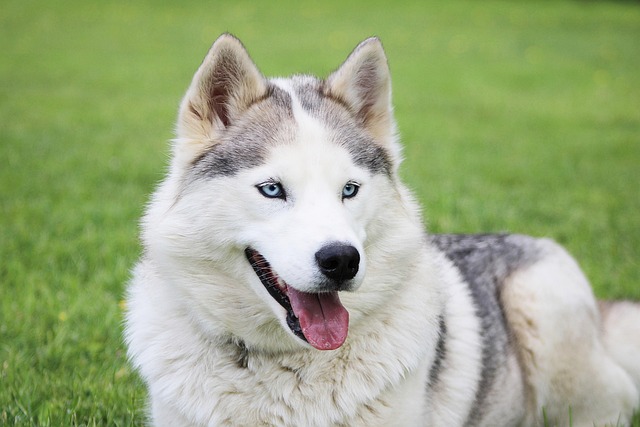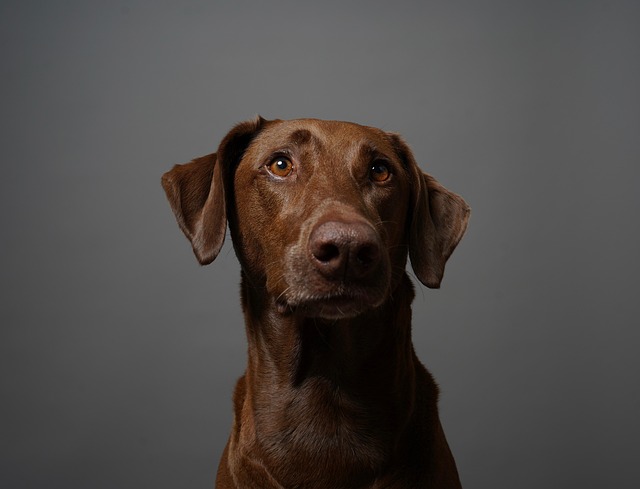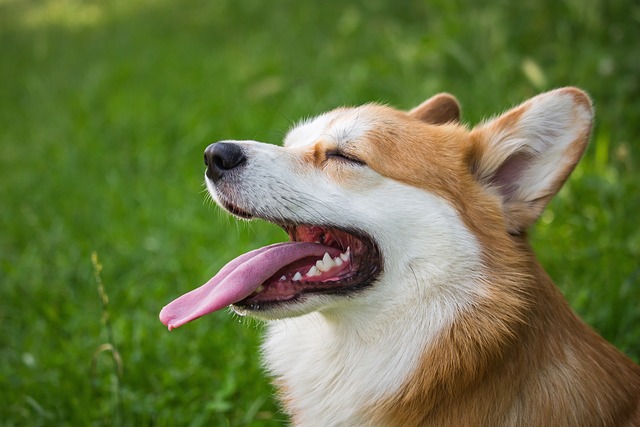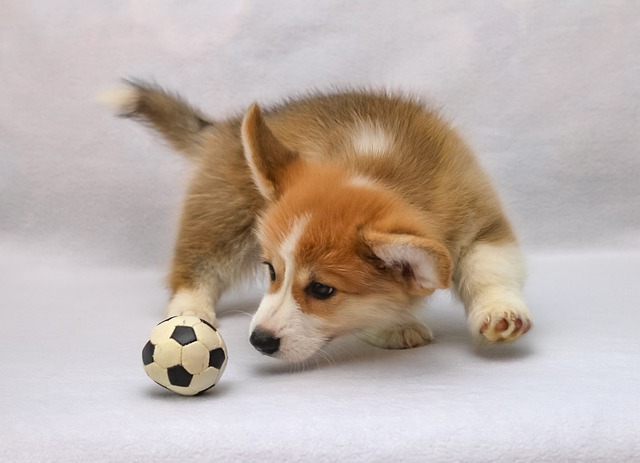Dry, flaky skin on your pup’s coat isn’t just unsightly—it can itch, too. You’ve probably noticed those tiny white specks on their bed or your couch, and you want to help without harsh chemicals. Let’s break down what works, naturally.
First, check the basics. Dry air from heaters in winter? That’s a classic culprit. Dogs with thick coats can trap dead skin when humidity drops, especially if they’re spending more time indoors. A quick fix: run a humidifier near their favorite napping spot. It’s simple, and your dog will thank you with fewer scratches.
Food matters more than you might think. A diet low in healthy fats can leave skin dull and flaky. Try adding a splash of salmon oil to their meals—rich in omega-3s, it’s like a moisturizer from the inside out. Start with a teaspoon mixed into their food—adjust based on their size, and always check with your vet first, especially if they’re on medication.
Grooming isn’t just about looking good; it’s key for dandruff. Use a rubber brush to loosen dead skin—gentle, daily strokes work better than occasional hard brushing. Avoid over-bathing, though. Even natural shampoos can strip oils if used too often. Once every 2-3 weeks is usually enough, unless your vet says otherwise.
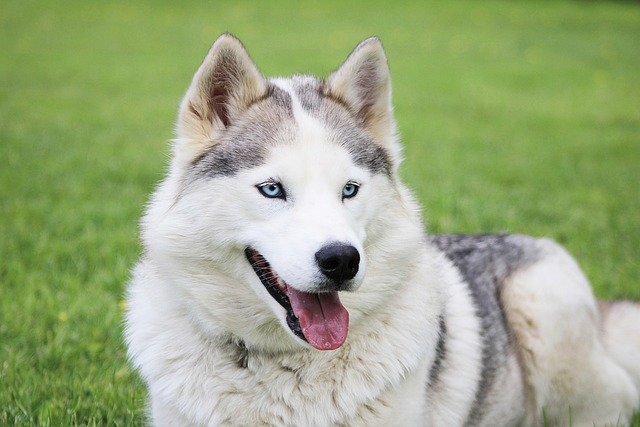 Oatmeal baths are a oldie but a goodie. Grind plain, unflavored oats into a fine powder, mix with warm water, and lather gently into their coat. Let it sit for 5 minutes before rinsing—oats soothe irritation and lock in moisture. Just make sure the water’s lukewarm; hot water dries skin further.
Oatmeal baths are a oldie but a goodie. Grind plain, unflavored oats into a fine powder, mix with warm water, and lather gently into their coat. Let it sit for 5 minutes before rinsing—oats soothe irritation and lock in moisture. Just make sure the water’s lukewarm; hot water dries skin further.
Apple cider vinegar (ACV) is a pantry staple with perks. Dilute 1 part ACV to 3 parts water in a spray bottle. Mist it lightly over their coat after a bath, avoiding eyes and any cuts. It balances skin pH, which can calm flakiness. Some dogs don’t love the smell, so test a small area first.
Coconut oil is another winner. Warm a teaspoon in your hands (it melts easily) and rub it into their skin, focusing on dry patches. Let it sit for 10 minutes, then brush through. It’s safe if they lick a little, but don’t overdo it—too much can upset their stomach.
Always loop in your vet before trying new routines. Some flakiness could signal allergies or thyroid issues, which need professional care. Plus, certain herbs or oils that sound “natural” might not be safe for all dogs, especially puppies or seniors on meds. Better safe than sorry.
Prevention goes a long way. Regular brushing (3-4 times a week) removes dead skin before it builds up. When bathing, use a mild, fragrance-free shampoo—harsh soaps can strip their coat’s natural oils. And keep an eye on their skin: redness or thick, crusty flakes mean it’s time for a vet visit.
Your dog’s comfort is what counts. With a little patience and these gentle methods, you’ll likely see less dandruff and a happier, itch-free pup. Just take it slow, watch how they react, and enjoy those extra snuggles—flakiness-free.
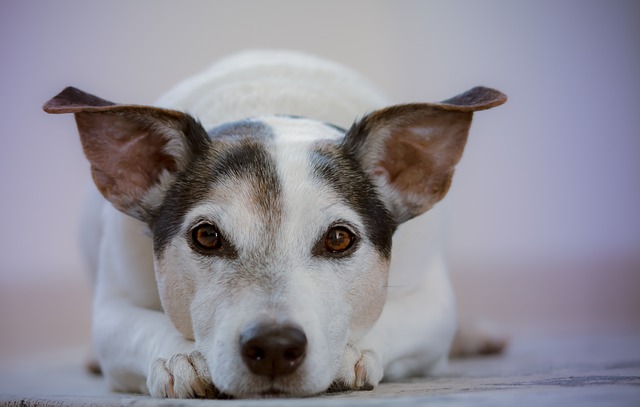
 Oatmeal baths are a oldie but a goodie. Grind plain, unflavored oats into a fine powder, mix with warm water, and lather gently into their coat. Let it sit for 5 minutes before rinsing—oats soothe irritation and lock in moisture. Just make sure the water’s lukewarm; hot water dries skin further.
Oatmeal baths are a oldie but a goodie. Grind plain, unflavored oats into a fine powder, mix with warm water, and lather gently into their coat. Let it sit for 5 minutes before rinsing—oats soothe irritation and lock in moisture. Just make sure the water’s lukewarm; hot water dries skin further.